A few months ago I received message from a gentleman named Bernard. He outlined his long relationship with the estate which went all the way back to his birth on Finnis St (No 21) …
“..In 1928 , and in time went to Wilmot St. school. We then moved to Wilmot St.(No22) and I went to Stuart Headlam school, through the arch across Three Colts Lane,on the right hand side, opposite Barnsley St. From there I was evacuated to Suffolk until after the bombing stopped. That’s another story. After the war my wife and I lived in No.327 Corfield St. for a time”
He also responded to my post about a photograph I’d found of Wilmot St before or during WW2. His Message:
“A bomb did fall in Wilmot Street and although I was evacuated at the time, my mother told me about it.The bomb landed in the backyard and went under my parents bedroom at number 22. Fortunately, it didn’t explode. After this everybody had to leave. After a few days and before the Bomb Disposable people arrived my mother went back in she said ”to get the insurance books”. The air raid warden saw her and she got a severe ticking off ”Don’t you know that walking on that floor could have set that bomb off”
I dropped Benard a line and he very kindly agreed to talk further with me about his memories of the Waterlow Estate.
Continue reading
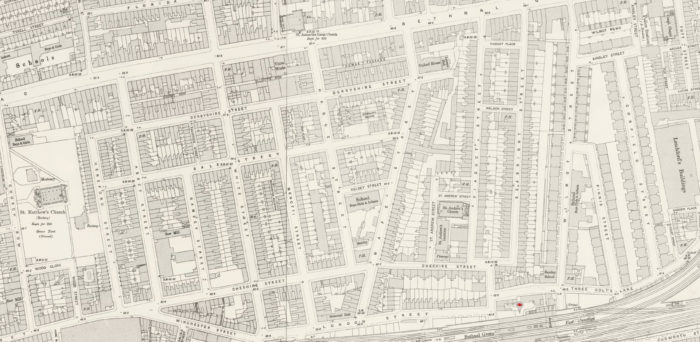
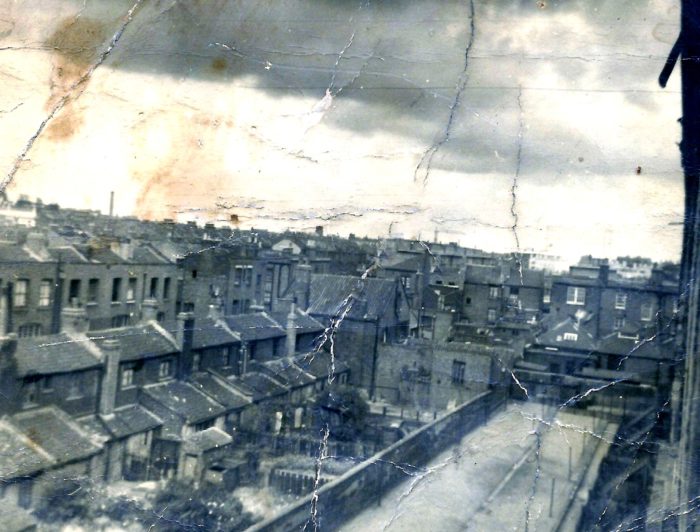
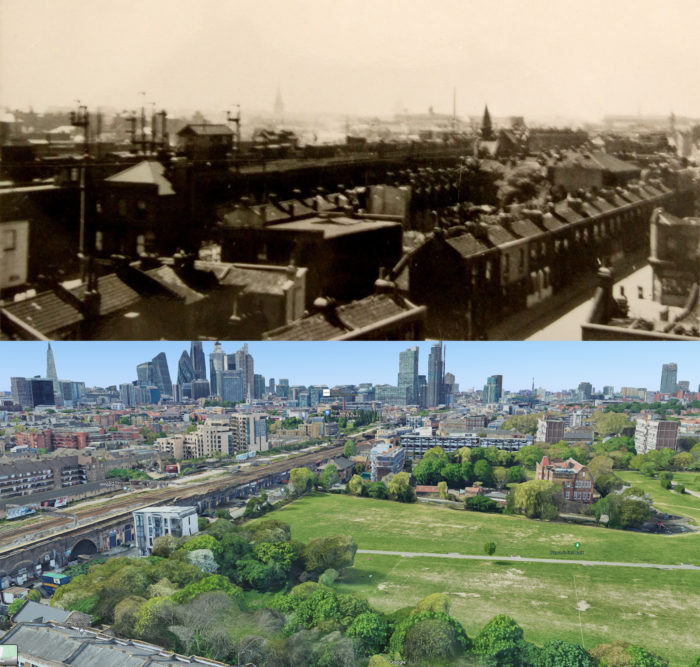
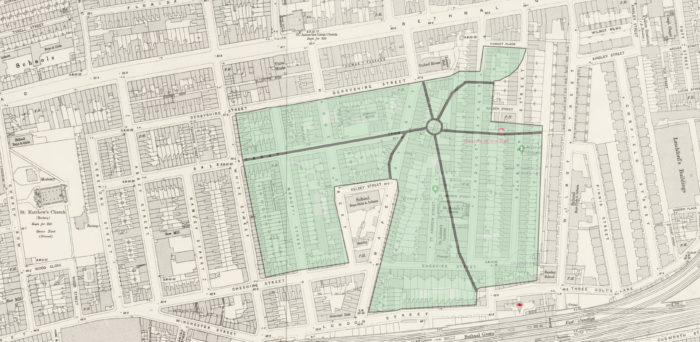
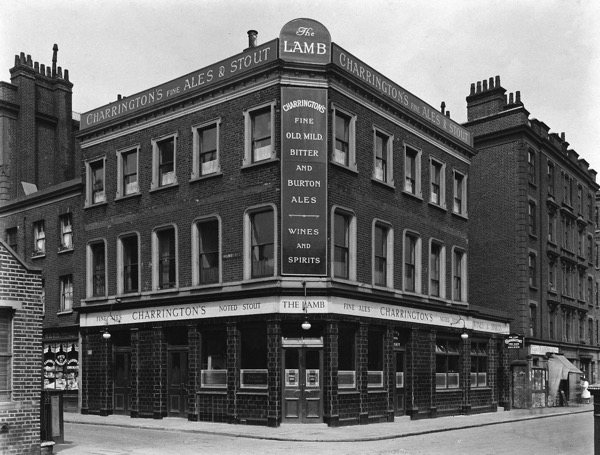
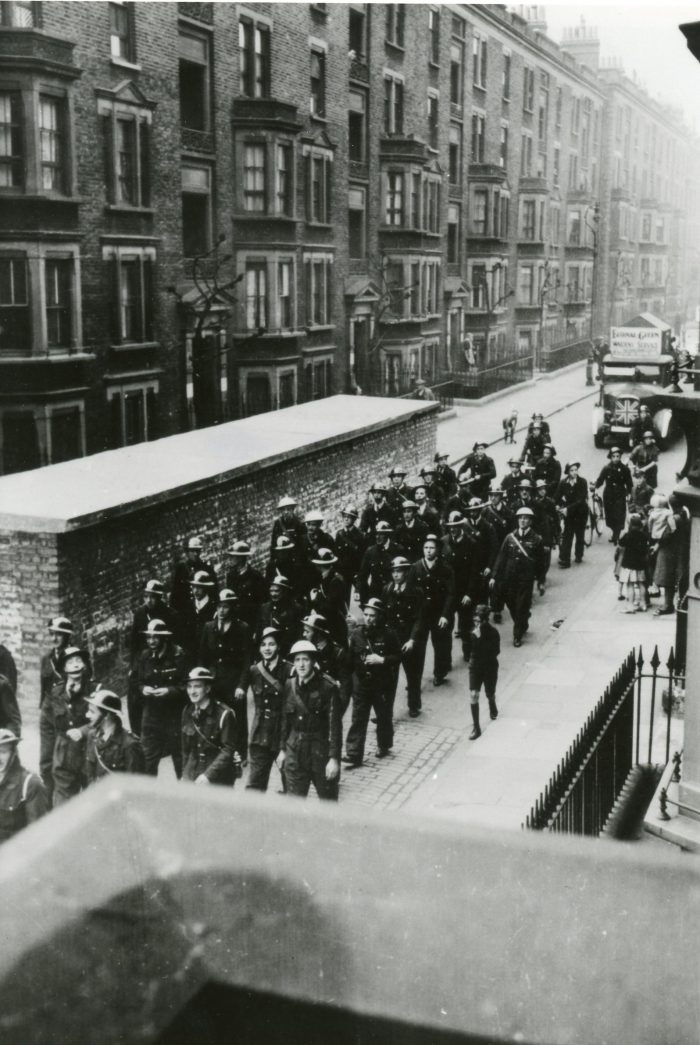

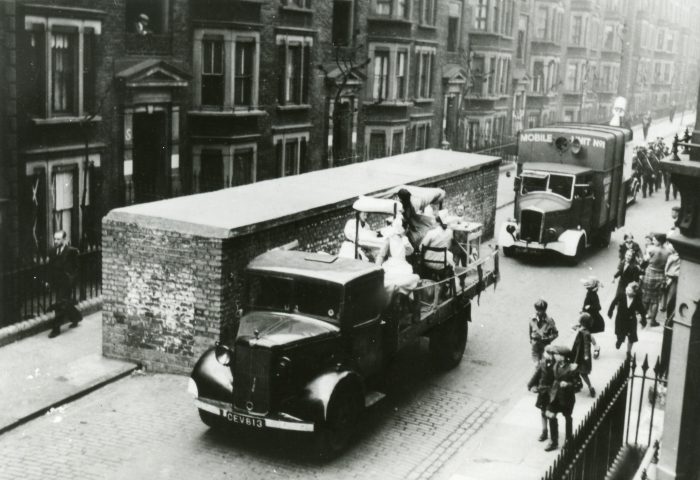
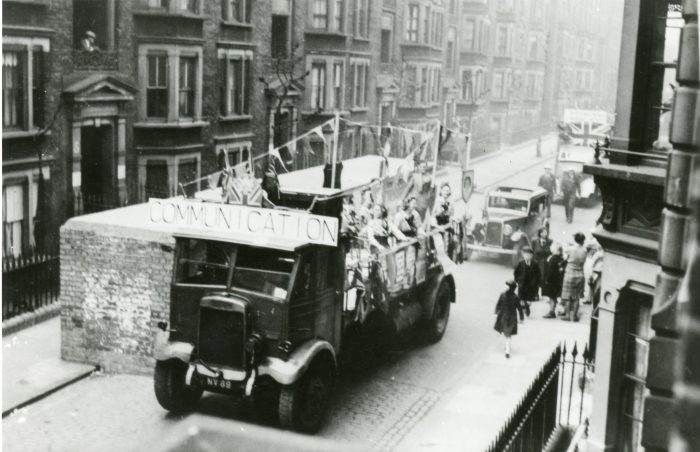
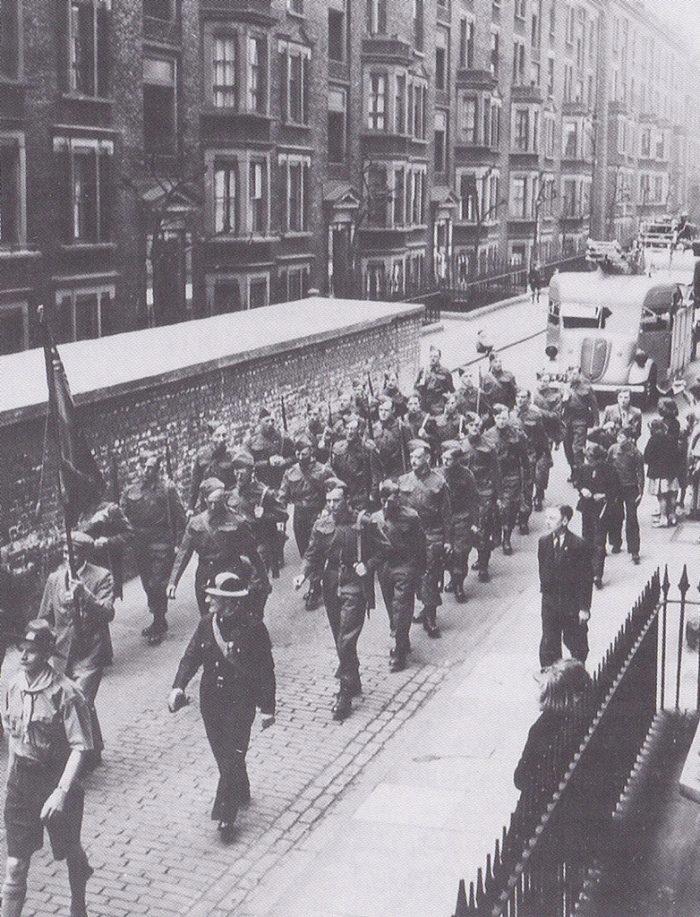
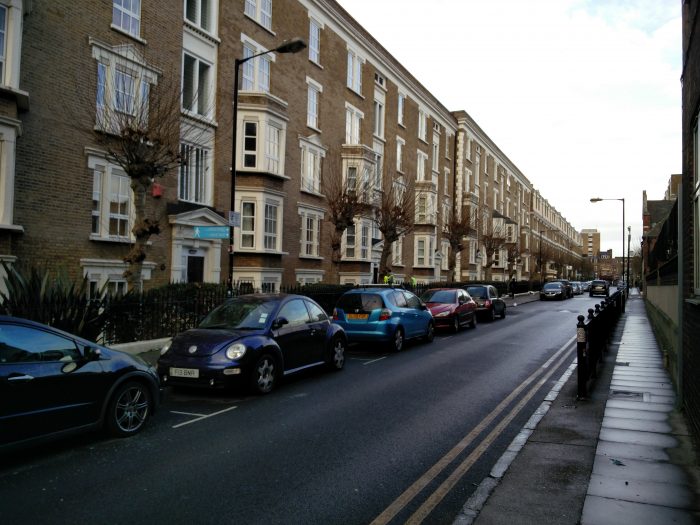
Recent Comments